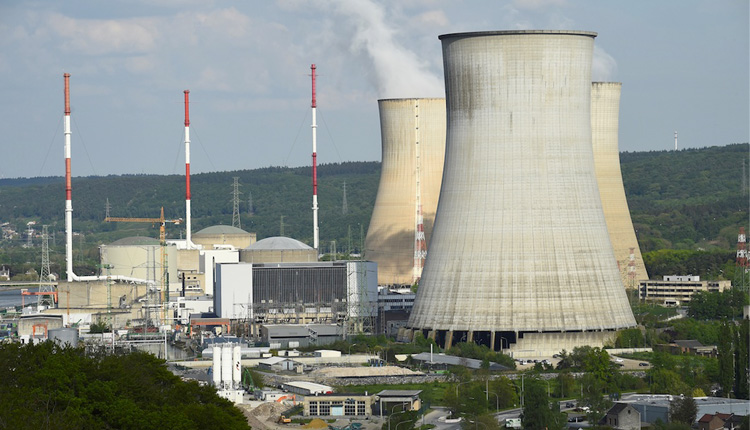Whenever the term “Nuclear Energy” is brought up, one starts to contemplate on whether it is beneficial or harmful. In fact, it is a controversial topic, nonetheless, people should start setting aside all the myths and misconceptions, which arise from time to time, and start embracing and utilising nuclear energy more often. This article will demonstrate a myriad of socio-economic, environmental, and public health benefits, pertinent to this source of energy.
To start with, nuclear energy has many economic benefits, and it is noteworthy that nuclear plants are, undoubtedly, one of the most convenient, yet less pricey, options for engendering electricity. Also, nuclear new build is also a highly cost-effective option in many key growth markets. When it comes to job opportunities created by nuclear energy, it is worth mentioning that the employment profile at the nuclear plant is much smoother, requiring on average fewer jobs during construction but also employing more during operation.
Based on a report conducted by World Nuclear Association, there are some facts that were manifested that clarify how lucrative nuclear energy is. Their research showcases that not only does nuclear employ more people than wind, but also it creates more value in the wider economy. For instance, the association was able to prove that “nuclear power provides more employment per unit of electricity than wind power.”
To further explain the previous statement, in order to operate a nuclear fleet generating 1,000 terawatt hours annually, about 461,000 full-time workers are needed. If compared to a wind fleet generating the same amount of electricity, merely 346,000 full-time workers are needed. Additionally, these jobs will be better paid and of a better quality than any other in the energy sector. Another interesting fact about the nuclear energy’s employment profile, is that based on World Nuclear Association research every direct job in the nuclear industry sustains four other jobs.
Furthermore, created employment opportunities are in diverse sectors, which include but are not limited to skilled trades (electricians, carpenters, pipefitters, etc.), engineering and professions (accountants, civil engineers, health physicists, etc.), and technicians and radiologist (scientists, mechanics, chemists, etc.).
Despite the employment benefit that nuclear energy offers, it also maintains an economic advantage over intermittent renewables for final energy supply in high renewables future as it does not require the same spending on system costs. Last but not least, nuclear energy stimulates invaluable investment due to its major infrastructure development, this certainly leads to sustained long-term local and national economic growth.
To reinforce the socio-economic benefits that nuclear energy comprises, the United States will be used, hereby, as a case study. According to an article written by the U.S. Office of Nuclear Energy, “the nuclear industry supports nearly half a million jobs in the United States and contributes an estimated $60 billion to the U.S. gross domestic product (GDP) each year.
U.S. nuclear plants can employ up to 700 workers with salaries that are 30 percent higher than the local average. They also contribute billions of dollars annually to local economies through federal and state tax revenues.”
Moving to the environmental and public health benefits of nuclear energy, they are not limited to climate change. Despite the fact that nuclear energy has some of the lowest environmental impacts on our environment, it still remains on the sidelines when it comes to sustainable finance discussions. Now is the time that nuclear energy should partake in the clean energy policy discourse based on its vitality and indispensability.
The United States will again be used as a case study to prove how much of an environment-friendly nuclear energy is. Based on the same article written by the Office of Nuclear Energy, “nuclear is the largest source of clean power in the United States. It generates more than 800 billion kilowatt hours of electricity each year and produces more than 55 percent of the nation’s emissions-free electricity. This avoids more than 470 million metric tonnes of carbon each year, which is the equivalent of removing 100 million cars off of the road.”
Worth mentioning, The United States is not the only prosperous story in that regard. However, this has also been a European direction whereby France, Hungary, Finland, Sweden, Ukraine, Czech Republic have also chosen nuclear energy as a major part in the energy mix and thus contributes to CO2 friendly generation.
